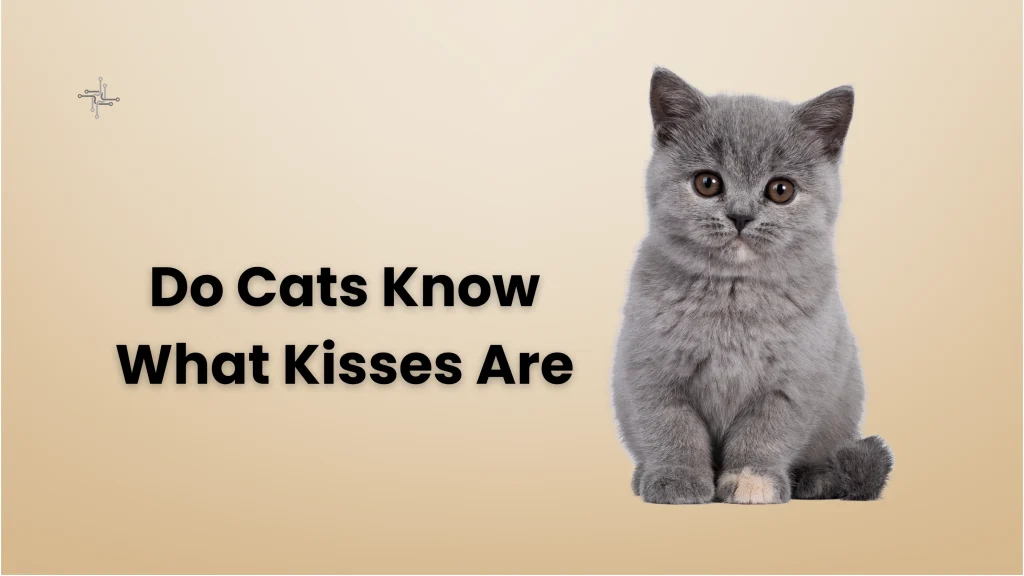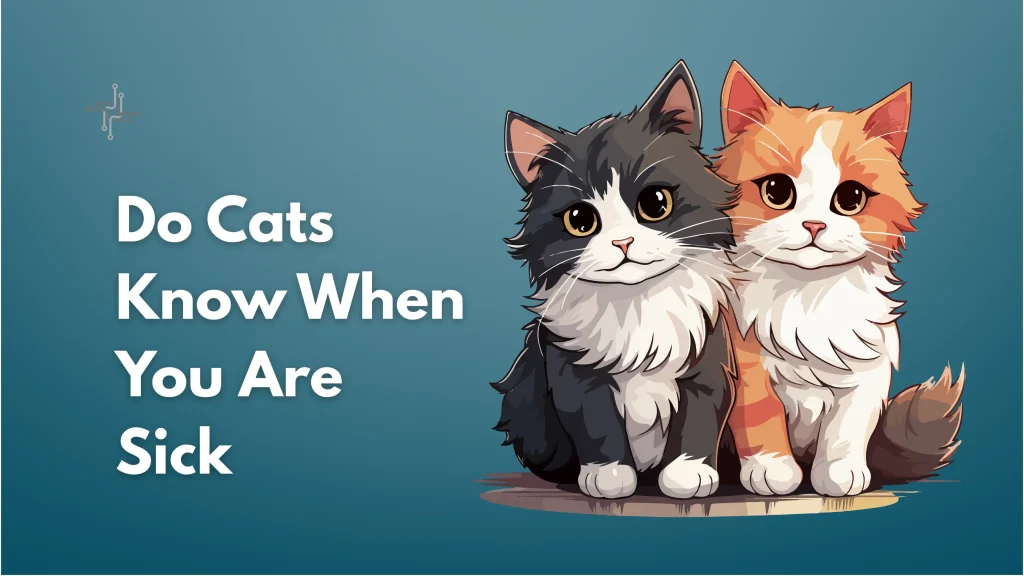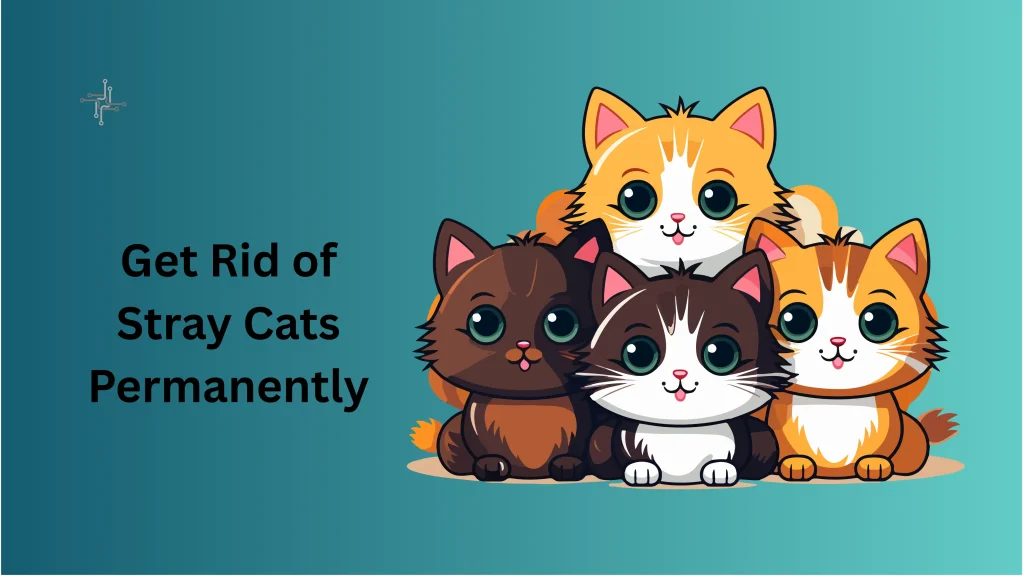Cat behavior is important because it helps us better connect with our pets. Cats are independent animals, and their way of showing affection can be different from ours. They may not understand the meaning of a kiss like humans do. Instead, they express love in their own unique ways, such as purring, rubbing against you, or following you around. Knowing how cats communicate helps us interpret their feelings and build a stronger bond.
It’s essential to recognize that every cat is different. Some cats might enjoy affection, while others might prefer space. By observing their body language and reactions, we can learn what makes them feel comfortable.
Table of Contents
Do Cats Recognize Human Affection
Cats do recognize human affection, but they express it in their own unique way. While they may not fully understand human gestures like kisses, they can associate their owners with feelings of comfort, safety, and care. Over time, cats learn to trust their humans and respond with their own signals of affection. Common signs of affection in cats include purring, kneading, and rubbing against their owner, all of which show that they feel secure and loved.
Unlike humans, cats don’t rely on physical touch in the same way. They might not appreciate kisses the way we do, but they are quick to pick up on emotional cues. If you’re feeling sad or stressed, a cat may come and sit with you, offering silent comfort. Similarly, they may seek your attention when they want to bond or show affection.
Understanding how cats recognize affection requires paying attention to their behavior. They show love through actions, not words, so it’s important to observe their body language and actions. Respecting their space and allowing them to show affection at their own pace will strengthen the bond between you and your cat.
How Cats Respond to Kisses
Cats can respond to kisses in different ways, depending on their personality and comfort level. Some cats may not understand the gesture at all and might simply tolerate it. If a cat isn’t used to human kisses, it might pull away or show signs of discomfort, like flattening its ears or turning its head. However, this doesn’t mean the cat doesn’t like you; it’s just their way of saying they’re not fond of being kissed.
On the other hand, some cats enjoy human affection and may respond to kisses with positive behavior. They might nuzzle or rub their face against you, showing that they’re comfortable and appreciate the attention. If a cat is in the mood for affection, they might even follow you around or sit on your lap after a kiss, indicating that they feel safe and bonded.
It’s important to remember that every cat is different. Some may enjoy close contact, while others prefer to maintain a little distance. Observing your cat’s body language is key to understanding how they feel about kisses and affection in general. Respecting their boundaries helps create a more positive, trusting relationship.
Interpreting Cat Body Language
Tail Movements and Positions
A cat’s tail can tell you a lot about its feelings. When a cat’s tail is upright, it usually means they are happy, confident, and comfortable. A flicking or twitching tail may signal that the cat is annoyed or irritated. A tail that’s tucked between the legs often indicates fear or anxiety. Watching tail movements closely helps you understand your cat’s mood.
Ear Positions and Movements
Cats use their ears to communicate as well. When a cat’s ears are pointed forward, it shows interest or curiosity. However, if their ears are flattened against their head, it could be a sign of anger, irritation, or fear. Pay attention to the direction of the ears, as it can indicate whether the cat is comfortable or stressed.
Facial Expressions and Eye Contact
A cat’s face provides many clues about their emotions. Wide, dilated pupils can indicate excitement, fear, or aggression, while relaxed, narrow pupils show calmness. Slow blinking is a sign of trust and affection, as cats often blink slowly when they feel safe. If a cat stares at you without blinking, it could mean they’re cautious or unsure.
Vocalizations and Sounds
Cats communicate with more than just body language. Meowing, purring, and growling are all vocal cues that can help interpret their feelings. Purring usually indicates contentment, while growling or hissing often signals discomfort or irritation. Paying attention to both their vocalizations and body movements can give you a clearer understanding of how your cat is feeling.
Is Kissing a Natural Behavior for Cats
Kissing is not a natural behavior for cats. In the wild, cats don’t kiss each other to show affection. Instead, they communicate through body language, scent, and sounds. While domestic cats may learn to accept kisses from their human owners, it’s not something they would do naturally with other cats. Cats don’t associate kisses with love or bonding in the same way humans do.
Cats express affection in ways that feel more natural to them. For example, they may rub against you, purr, or knead. These actions show they are comfortable and trust you. Cats also mark their territory with scent, which is another way they show affection and bond with their human companions. These behaviors are much more instinctive for cats than the act of being kissed.
While some cats may tolerate or even enjoy being kissed, it’s not something they naturally seek out. Some cats may respond to kisses by nuzzling or seeking more closeness, but others may pull away or show signs of discomfort.
Tips for Showing Affection to Your Cat
- Respect Their Boundaries: Let your cat approach you for affection. Avoid forcing kisses or holding them if they seem uncomfortable.
- Gentle Petting and Stroking: Pet your cat gently, especially around the head, chin, and ears. Use slow, soothing strokes that make them feel relaxed.
- Interactive Playtime: Engage your cat in play with toys like wands, laser pointers, or balls. Playtime strengthens your bond and mimics natural hunting behavior.
- Quality Time Together: Spend quiet, undistracted time with your cat. Sit close, talk softly, or let them curl up on your lap. Cats appreciate companionship and closeness.
- Provide a Safe, Comfortable Space: Make sure your cat has a designated, quiet place where they can relax without disturbances. Cats appreciate having their own space for rest and relaxation.
- Positive Reinforcement: Reward your cat with treats or praise when they show affectionate behavior. This helps them associate affection with positive experiences.
Conclusion
Cats don’t naturally understand what kisses mean. In the wild, they don’t use kisses to show love. Domestic cats might learn to accept or enjoy them, but it depends on their personality and comfort.
Cats show affection in their ways. They may purr, rub against you, or follow you around. It’s important to watch their body language and respect their space. Some cats may like kisses, while others prefer soft petting or quiet company. Knowing how your cat feels helps build a strong, loving bond between you and your pet.


